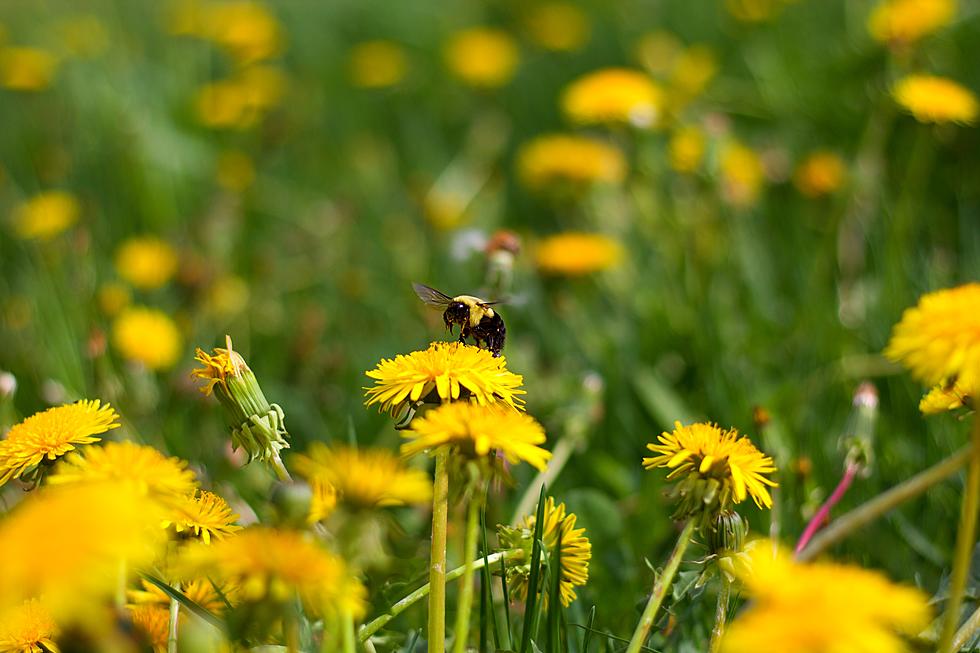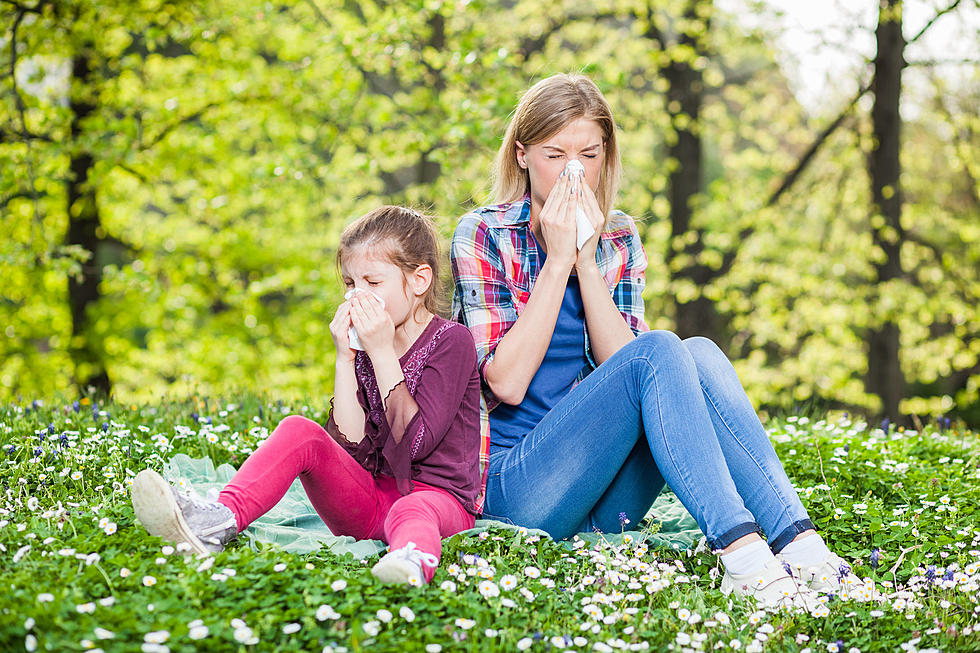
Experts Warn Of ‘No Mow May’ Negative Consequences
In the last couple of years, the idea of "No Mow May" has taken off around the country. Programs in Minnesota and Wisconsin have popped up, organized by local organizations and even city governments, to promote the trend.
Several city government websites offer promotional information on the cause, including Wisconsin cities like Superior and Milwaukee and Minnesota cities like Twin Cities communities West St. Paul, Blaine, and Edina all getting behind the effort.
The concept makes sense on the surface, but now experts are cautioning people that it might not be such a good idea - now that the concept has taken root in many communities.
What is "No Mow May"?
The idea all stems from providing pollinators like bees and other insects and animals habitat and food by not mowing your lawn during the early spring growing season.
Pollinators are crucial to a lot in nature, including the world's food supply. Pollinators play an important role in plants doing what they need to do in order to survive, reproduce, and develop the fruits and vegetables humans and animals eat. Without pollinators, we'd all be very hungry!

The theory behind "No Mow May" is that it would help by increasing biodiversity in neighborhoods by not cutting down the flowering plants like clover and dandelions that spring up in people's lawns.
Why are experts saying it isn't such a good idea now?
In a publication this spring from the University of Minnesota Extension Office, turfgrass educator Jon Trappe explained "No Mow May" isn't necessarily the best idea.
While he highlighted that promoting pollinators in our landscape, not mowing your lawn for the month has some unintended negative consequences that you do need to be aware of.
As Trappe explains, there are two notable negative consequences to not mowing your lawn for No Mow May.
The first is that Minnesota lawns (and also Wisconsin lawns, which are made up of similar grasses) can grow up to 12-18 inches high without a trimming through the month of May. This means that when the time comes to mow in June, you'll be cutting off a sizable portion of the plant's tissue in a single cutting. This can stress your lawn and lead to challenges in maintaining the health of your lawn.
While setting your mower to a higher setting can reduce the amount of plant cut off, you will still be removing a sizable amount of the plant with your first cutting in June.
The other notable consequence is just the practical elements of how to handle the large amount of grass clippings that will be generated by mowing your lawn down to a more normal height. Homeowners will then have to clean up a thick layer of clippings and dispose of them.
What is recommended instead of "No Mow May"?
Trappe commented a couple of solutions to consider if you still want to promote pollinators in your yard.
The first is to increase the height of your mower and to only mow as needed. This ties into recommendations from the website Bee City USA, which has started promoting "Low Mow Spring" as an alternative, where you mow less and keep your mower at a higher blade level to promote plant growth and help pollinators.
Additionally, the idea of a "bee lawn" is suggested.
What is a "bee lawn"?
The University of Minnesota Extension Office describes a bee lawn as a lawn space that includes flowers and turfgrasses mixed together that can be managed as a usable lawn space that also helps pollinators like bees.
These spaces are low maintenance and can attract over 50 species of native bees as just one example of pollinators that can benefit from bee lawns.
While turfgrasses themself don't offer much food for pollinators, lawn-oriented flowering lawn plants like Dutch white clover, creeping thyme, common violets, self-heal, and dandelions can provide food for pollinators.
Identifying a space in your yard that doesn't see too much traffic and gets the right amount of sun is key in figuring out where to have your bee lawn. Once it is established, making sure it is mowed and cared for properly will ensure its success.
While bee lawns are pretty low maintenance, knowing how to properly foster these pollinator-friendly plants will help you achieve success. You can see guidance from the University of Minnesota Extension Office here.
Things People Hate About Summer
Things You'll Never Hear Someone In The Twin Ports Say In The Springtime
More From MIX 108



![The Time Has Come: A Robot that Cuts the Grass, Rakes Leaves, and Shovels Snow [VIDEO]](http://townsquare.media/site/164/files/2016/10/GettyImages-469248961.jpg?w=980&q=75)

![Spring Lawn Care Tips [VIDEO]](http://townsquare.media/site/164/files/2015/04/dead-grass.jpg?w=980&q=75)

![Fargo Man Has Truly Had it With Winter, and Pulls Out the Lawnmower [VIDEO]](http://townsquare.media/site/164/files/2014/04/Snow-Mowing.png?w=980&q=75)

